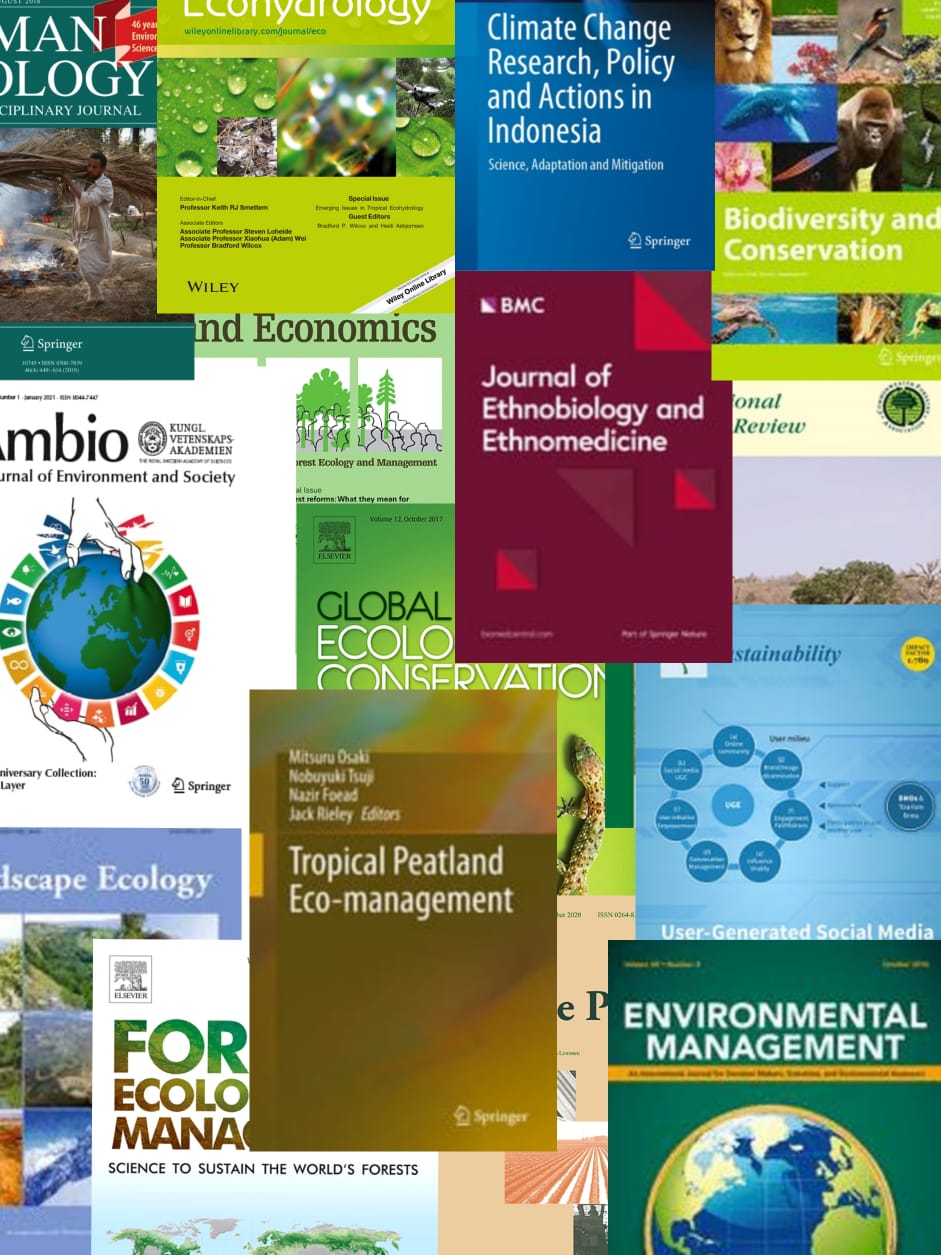The upcoming global mechanism for reducing emissions from deforestation and forest degradation in developing countries should include and prioritize tropical peatlands. Forested tropical peatlands in Southeast Asia are rapidly being converted into production systems by introducing perennial crops for lucrative agribusiness, such as oil-palm and pulpwood plantations, causing large greenhouse gas (GHG) emissions. The Intergovernmental Panel on Climate Change Guidelines for GHG Inventory on Agriculture, Forestry, and Other Land Uses provide an adequate framework for emissions inventories in these ecosystems; however, specific emission factors are needed for more accurate and cost-effective monitoring. The emissions are governed by complex biophysical processes, such as peat decomposition and compaction, nutrient availability, soil water content, and water table level, all of which are affected by management practices. We estimate that total carbon loss from converting peat swamp forests into oil palm is 59.4 ± 10.2Mg of CO2 per hectare per year during the first 25 y after land-use cover change, of which 61.6% arise from the peat. Of the total amount (1,486 ± 183 Mg of CO 2 per hectare over 25 y), 25% are released immediately from land-clearing fire. In order to maintain high palm-oil production, nitrogen inputs through fertilizer are needed and the magnitude of the resulting increased N2O emissions compared to CO2 losses remains unclear.
View source

